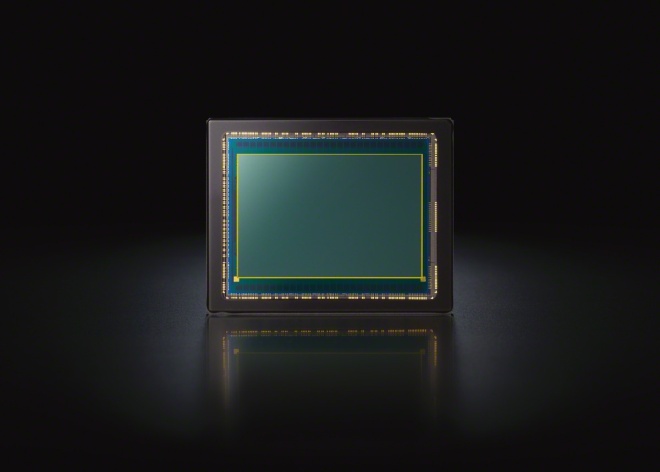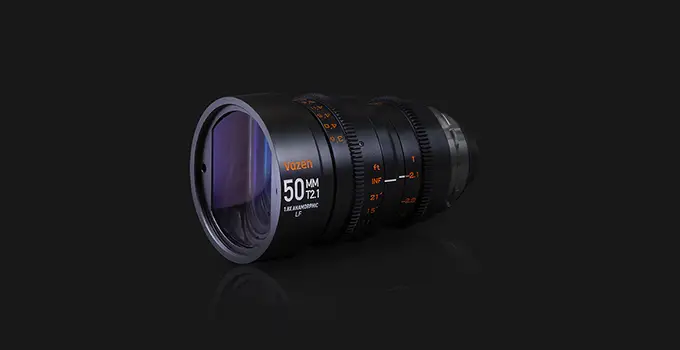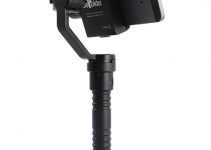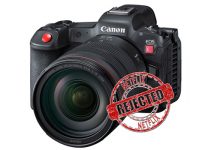Depth of field is one of the most important aspects of any shot. It can guide the viewer’s eye to the area of the scene you want them to look at while also eliminating distractions in the background or foreground.
The technical side of it can also ensure that everything you need in focus is, in fact, in focus and clear for the view. And, there’s the creative aspect where shallow or deep depth of field just looks better.
Director/cinematographer Jason J. Tomaric from FilmSkills put together an informative video explaining how filmmakers can control the depth of field in their images and what impact that can have on the shot.
The choice of how much depth of field one needs is creative. The act of controlling the amount of depth of field is highly technical. Balancing both of these needs is key to good cinematography.
Let’s define depth of field. In the simplest terms, depth of field refers to the area where objects are in acceptable focus. There are a couple technical reasons that will affect your ability to control depth of field.
Size of Image Sensor/Area

Image Credit Sony
In very general ideas, the larger your sensor or film, the shallower you can get your depth of field. Technically this isn’t exactly the case since there are so many pieces to actual depth of field, but for most people the larger sensors are a quick way to achieve that look. Conversely, the smaller the sensor the deeper the depth of field.
Aperture
Probably among the biggest control points for depth of field is the aperture. Closing the aperture will increase depth of field while opening it will make it shallower. This is why lens choice is super important. An f/1.4 lens can create an image with a much shallower depth of field than a similar lens that only reaches f/2.8.
Focal Length

Image Credit: Vazen
If you are talking purely about how most people use different focal length lenses, you will probably notice that longer focal length lenses have an easier job getting a shallow depth of field. Practically speaking, since the lens allows you to change perspective and your distance from the subject that is how you are getting the shallower depth of field.
Distance from the Lens
This is one of the least understood aspects of depth of field – and the bane of all macro photographers. Distance from the lens will affect your depth of field dramatically. The closer you are the shallower the depth of field even at all the same aperture settings.
Why Does This Matter?
Depth of field is an important tool for filmmakers.
- Provides a focused point for the audience to look in the frame.
- Aesthetics are impacted.
- When combined with focal length choices the emotion of the scene/shot are affected.
Examples include focusing on a single character in a scene to create a deeper connection with the subject. Or using deep depth of field to capture an epic landscape.
Do you have any suggestions for how to use depth of field creatively? My take is that you shouldn’t just set all your lenses wide open and forget about it. Many new filmmakers equate shallow depth of field with good without considering why they are shooting with shallow depth of field.
[source: FilmSkills]
Disclaimer: As an Amazon Associate partner and participant in B&H and Adorama Affiliate programmes, we earn a small comission from each purchase made through the affiliate links listed above at no additional cost to you.
Claim your copy of DAVINCI RESOLVE - SIMPLIFIED COURSE with 50% off! Get Instant Access!





